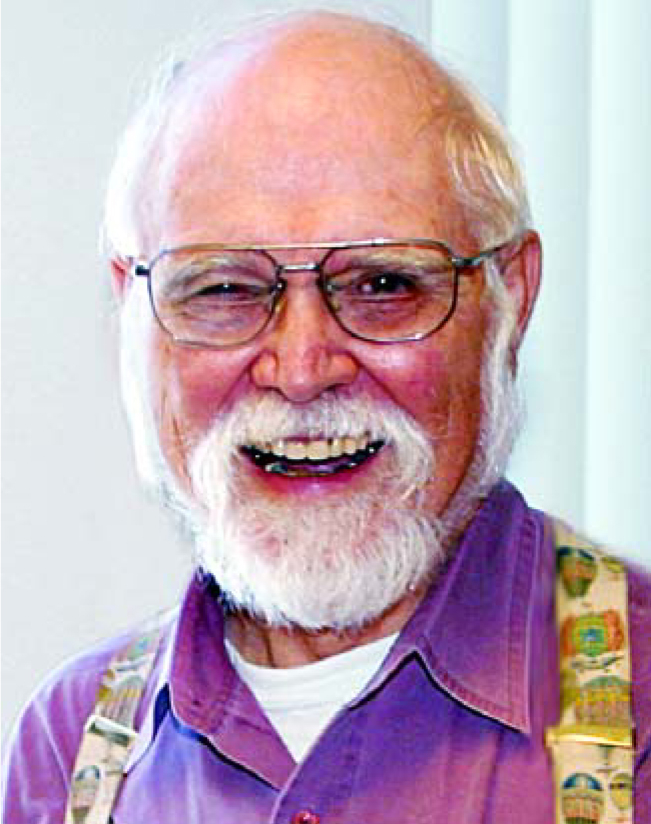William Edward Spicer
DOI: 10.1063/1.1995762
William Edward Spicer, a pioneer in the field of photoelectron spectroscopy, teacher, mentor, and inventor, died of heart failure on 6 June 2004 while vacationing with his family in London, England.
Born in Baton Rouge, Louisiana, on 7 September 1929, Spicer overcame learning and speech difficulties to obtain a bachelor’s degree in physics in 1949 from the College of William and Mary in Williamsburg, Virginia. He earned a second bachelor’s degree in physics from MIT in 1951. He then attended the University of Missouri–Columbia, where he received his master’s and doctoral degrees, both in physics, in 1953 and 1955, respectively. His doctoral thesis, prepared under the guidance of Eugene B. Hensley, was on luminescence from sodium chloride.
For the next seven years, Spicer worked at RCA Research Laboratories in Princeton, New Jersey, where he studied photocathodes. In doing so, he developed a keen understanding of the photoemission process. That work ultimately developed into his career. In the late 1950s, he used the studies of specific photocathode materials to develop a general model of photoemission, which led to the later use of photoemission as a scientific tool.
After coming to Stanford University in the early 1960s, Spicer pioneered the use of photoemission spectroscopy to study the band structure of solids. He introduced the so-called three-step model to interpret the results and connect the measured photoemission spectra to the electronic band structure. According to the model, the photoemission process occurs in three independent steps: photo-excitation, transport to the surface, and escape of the electron into vacuum. Spicer’s pioneering work opened up a new field that over the years has become the main line of research for hundreds of scientists worldwide. During his more than 40 years at Stanford, he was instrumental in further developing the technique and its application to a broad range of problems in condensed matter physics.
Spicer’s interest in photocathodes extended to industrial applications, including early development of the medical x-ray image intensifier tube and the night-vision tube. The US military today uses night-vision devices based on those developments. On learning of Spicer’s death, John Pollard, a scientist at the US Army’s Night Vision Laboratory, left a note that stated, “Our night-vision capability today stems from his efforts, and our soldiers owe a debt of gratitude to Professor Spicer for his vision, insight, and deep understanding. We have lost a true giant.”
Spicer recognized, though, that the light sources he was using for his research were limited and that synchrotron radiation would provide a superior excitation source. As soon as he learned that SLAC was building such an accelerator, he wrote a letter to Wolfgang Panofsky, then director of SLAC, and explored the possibility of accommodating a port on the new accelerator for use in solid-state physics. As a result of that letter, a port was added to the SPEAR storage ring, and in the early 1970s, Spicer and Seb Doniach cofounded what is now the Stanford Synchrotron Radiation Laboratory. Spicer immediately started using synchrotron radiation along with his laboratory sources.
Spicer published more than 700 papers in refereed journals, and during his long career at Stanford, he supervised more than 80 doctoral students. He also worked hard to recruit women and minorities into his group. One of the honors he treasured most was the American Association for the Advancement of Science’s Lifetime Mentor Award, which, in 2000, recognized his contributions to that effort. Spicer received other prestigious awards, including the American Physical Society’s Oliver E. Buckley Prize in 1980, Scientist of the Year by R&D Magazine in 1981, and the Medard W. Welch Medal of the American Vacuum Society (now AVS Science & Technology Society) in 1984.
Spicer was an avid reader of books in a variety of fields. He had a deep love for history in general, and over the years, he amassed a remarkable stamp collection that focused mostly on military and postal history. He was also an accomplished tennis and bridge player.
Colleagues at Stanford and worldwide sorely miss Spicer for his pioneering work and high professional standards. His many students remember him as a caring and understanding mentor who was supportive not only during their scientific training, but also personally. For those of us who had the privilege of working closely with Spicer for many years, it is easy to understand why so many of his students developed deep and lifelong bonds with him.

William Edward Spicer
DIANA ROGERS

More about the Authors
Ingolf Lindau. 1 Stanford University, Stanford, California, US .
Piero Pianetta. 1 Stanford University, Stanford, California, US .
